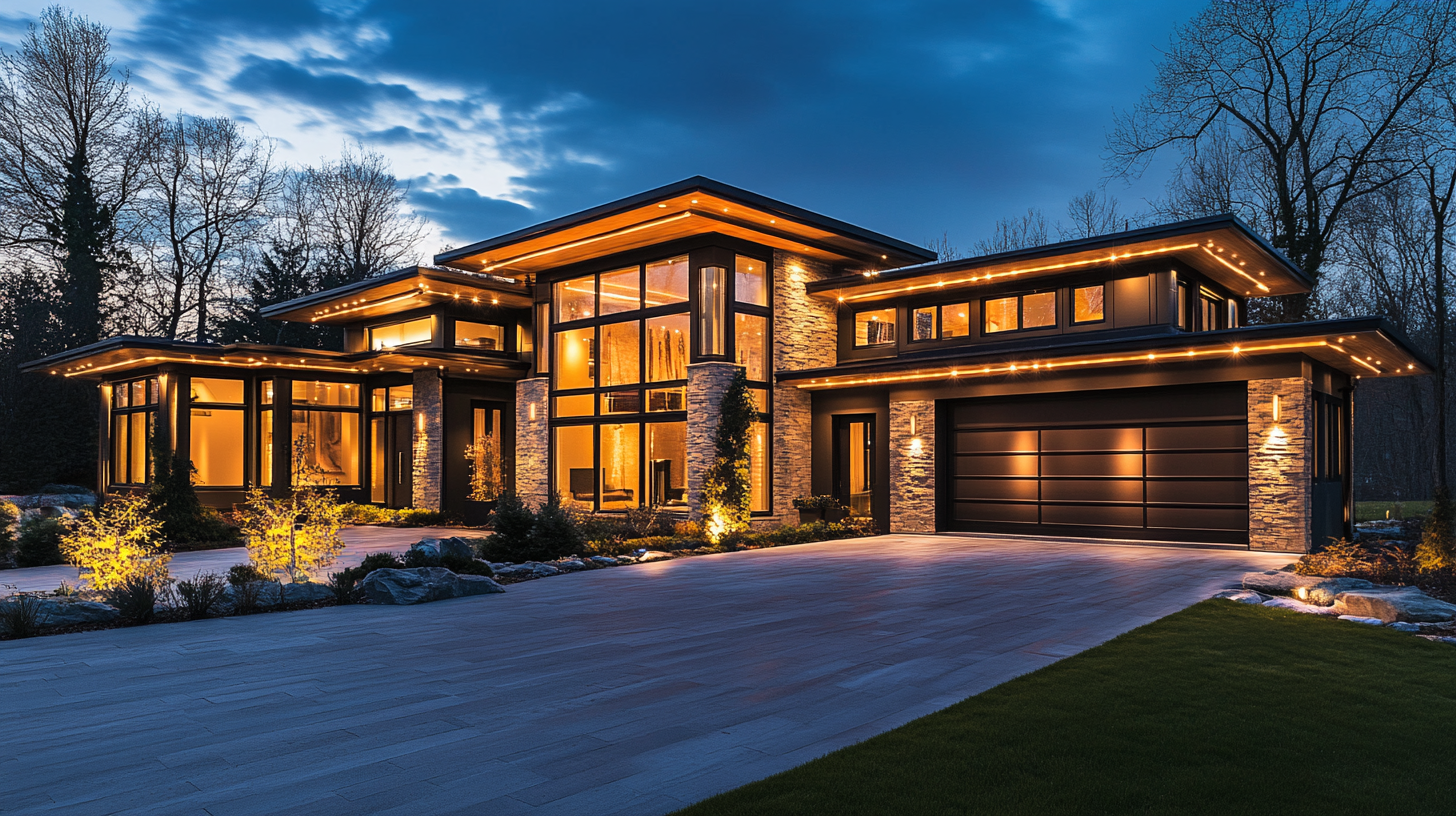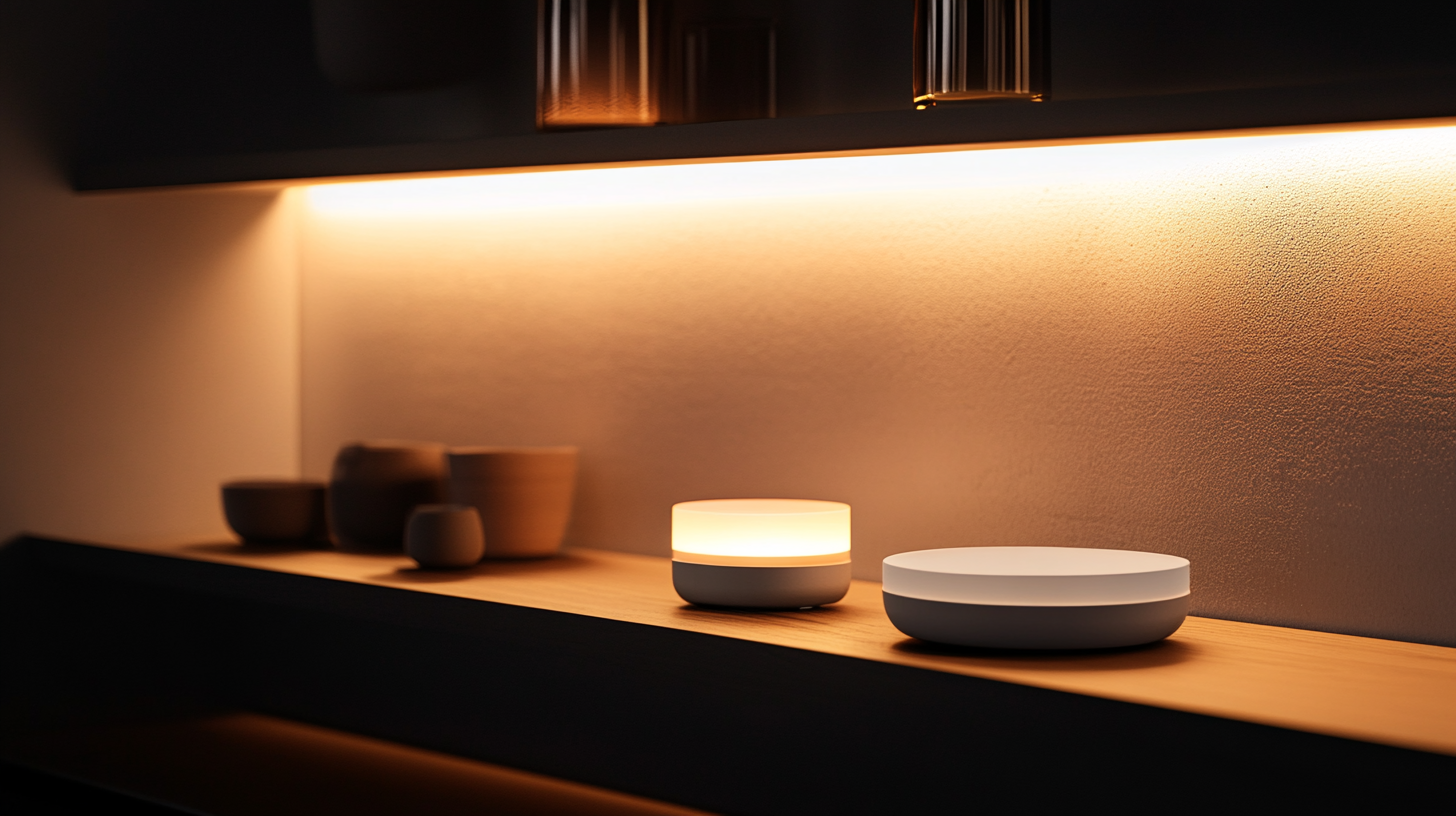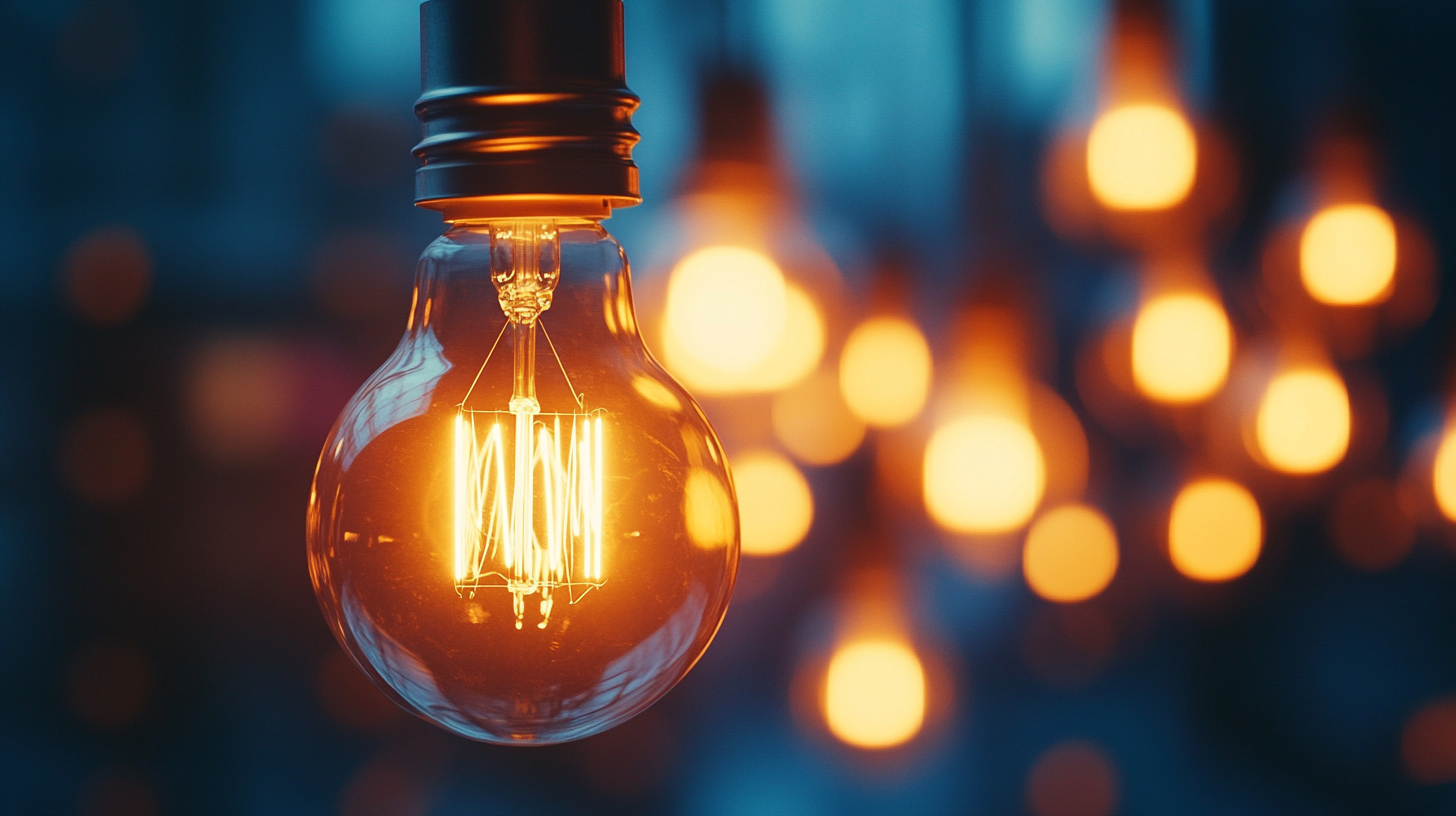What Are the Key Trends Shaping the Future of Home Lighting Solutions
As we step into a new era of technological innovation, the field of home lighting is experiencing a transformative evolution that promises to enhance our living spaces in unprecedented ways. Home lighting, once limited to mere functionality, is now becoming a crucial element of interior design that influences mood, efficiency, and even lifestyle choices. With advancements in smart technology, energy efficiency, and aesthetic design, the approach to illuminating our homes is changing, paving the way for creative solutions that cater to a diverse array of preferences and needs.
Moreover, the growing focus on sustainability and well-being reflects a significant shift in consumer values, driving the demand for smarter and more eco-friendly home lighting options. As we explore the key trends shaping the future of home lighting, it becomes clear that these innovations not only illuminate our surroundings but also enrich our daily lives. From the integration of intelligent systems that respond to our habits to the use of energy-efficient materials, the future of home lighting is bright and full of potential.

Innovative Technologies Transforming Home Lighting Design
The future of home lighting design is being significantly shaped by innovative technologies that emphasize sustainability and automation. As we move deeper into 2025, the integration of smart home systems is increasingly becoming a staple in contemporary lighting solutions. According to reports, the smart home technology market is expected to grow exponentially, with innovations in automation not only enhancing convenience but also driving energy efficiency and security. This shift reflects a broader trend in which homeowners are seeking more than aesthetic appeal; they desire functionality that aligns with eco-conscious living. One of the most significant advances is the development of LED technology, which has already transformed traditional lighting. New iterations of LEDs are now being designed with tunable white capabilities and color-adjustable features, enabling users to customize their environment according to mood or activity. Additionally, companies are exploring smart materials that adapt to the surrounding environment, reducing energy consumption. With buildings accounting for 40% of global emissions, these lighting innovations are pivotal in creating structures that contribute to sustainability goals. Furthermore, the use of integrated systems is redefining luxury lighting. This approach combines traditional craftsmanship with modern technology, bringing innovative products to the forefront of the market. Notably, responsible design that considers both aesthetics and functionality is becoming a crucial differentiator. As consumers increasingly prioritize sustainability, design philosophies that focus on eco-friendliness are taking center stage, pushing the boundaries of what home lighting can achieve. This evolution in home lighting design promises not only to enhance everyday living but also to foster a more sustainable future.

Sustainability and Energy Efficiency: The Future of Lighting Solutions
Sustainability and energy efficiency are no longer optional considerations in home lighting solutions; they have become pivotal to modern design and functionality. As homeowners increasingly seek ways to reduce their carbon footprint, the lighting industry is responding with innovative solutions that marry aesthetics with eco-consciousness. From LED technology to smart lighting systems, the focus is clearly on minimizing energy consumption while providing effective illumination.
LEDs have revolutionized home lighting, offering a longer lifespan and lower energy use compared to traditional incandescent bulbs. This shift not only aids in reducing electricity bills but also contributes to a significant decrease in greenhouse gas emissions. Furthermore, many manufacturers are now prioritizing sustainable materials and production processes, ensuring that the entire lifecycle of lighting products aligns with eco-friendly practices.
Smart lighting systems exemplify the future of energy-efficient home lighting. These systems allow users to control their lighting through apps or voice commands, enabling better management of energy use. Features such as scheduling, dimming, and motion sensing not only enhance convenience but also optimize energy consumption based on actual occupancy. As technology advances, the integration of solar-powered lighting solutions is gaining traction, showcasing how renewable energy can play a crucial role in illuminating homes sustainably.

Smart Home Integration: The Rise of Connected Lighting Systems
The integration of smart home technology has revolutionized the way we interact with lighting in our homes, leading to a significant rise in connected lighting systems. According to a recent report by MarketsandMarkets, the global smart lighting market is projected to reach $75.43 billion by 2023, growing at a compound annual growth rate (CAGR) of 26.6% from 2018. This rapid expansion reflects a shifting consumer preference towards more energy-efficient and convenient solutions that enhance overall home automation.
Connected lighting systems allow homeowners to control their lights remotely through smartphones or voice-activated devices, fostering a seamless integration with other smart home technologies. For instance, a report from Statista indicates that the number of smart home devices worldwide is expected to surpass 75 billion by 2025, further driving the demand for compatible lighting solutions. This interactivity not only adds convenience but also contributes to energy savings, as many systems can be programmed to adjust automatically based on occupancy or ambient light conditions.
Moreover, advancements in LED technology and wireless communication protocols, such as Zigbee and Z-Wave, have made it easier for lighting solutions to connect and collaborate with other smart devices. Research from Fortune Business Insights suggests that the rise of connected lighting systems is also driven by increasing consumer awareness about energy efficiency and sustainability. As smart home integration continues to evolve, lighting solutions will play a pivotal role in enhancing user experience and promoting eco-friendly living.

Personalization and Customization in Home Lighting Choices
The evolution of home lighting solutions is increasingly driven by personalization and customization, reflecting a broader trend in consumer behavior. According to a 2022 report by Grand View Research, the global smart lighting market is anticipated to reach USD 75.95 billion by 2027, expanding at a compound annual growth rate (CAGR) of 22.5%. This growth is largely propelled by the rising demand for customizable lighting options that allow consumers to tailor their environments to match their unique tastes and lifestyles.
Personalization in home lighting goes beyond aesthetic preferences; it also encompasses functionality. Smart lighting systems, equipped with features such as adjustable brightness, color-changing capabilities, and programmable settings, enable homeowners to create ambiance in a way that aligns with their daily routines. For instance, Philips Hue reported that 90% of users find that their mood improves with adjustable lighting options, highlighting the psychological impact of customized environments.
Furthermore, the integration of smart technology allows for even greater personalization. Homeowners can now control their lighting through smartphone apps and voice-activated devices, making it easier than ever to adapt their spaces instantly according to their needs. A study by Statista indicates that the smart home segment is set to experience an increase in user penetration from 12.2% in 2020 to 28.3% by 2025, further underscoring the shifts toward personalization in home lighting solutions. As these trends continue to gain momentum, we can expect to see even more innovative lighting products that cater to individual preferences, solidifying the role of customized lighting in modern homes.
Trends in Aesthetic Design: From Minimalism to Smart Artistry
The landscape of home lighting solutions is rapidly evolving, reflecting a shift in aesthetic design from minimalist approaches to the embrace of smart artistry. In recent years, minimalism—the philosophy of 'less is more'—has dominated the scene, encouraging homeowners to adopt simple, unobtrusive lighting fixtures that blend seamlessly with their surroundings. This trend focuses on clean lines, neutral colors, and functionality, allowing the light itself to be the star of the show rather than the fixture. However, as technology and design continue to advance, a new wave of creativity is reshaping how we approach home lighting.
Enter smart artistry, where technology meets innovative design to create lighting solutions that do more than merely illuminate a space. These contemporary fixtures serve as dynamic art pieces, enhancing the aesthetics of a room while offering customizable features. Imagine lights that change color with the mood of the moment or fixtures that react to the rhythm of music, creating immersive experiences. Designers are increasingly experimenting with unexpected materials, shapes, and interactive elements, blurring the lines between utility and art. This trend invites homeowners to express their individuality and elevate their home ambiance in ways previously unimaginable.
As we look to the future, the convergence of minimalism and smart artistry promises a rich tapestry of lighting options. Homeowners are no longer limited to conventional fixtures; they can now choose from a myriad of designs that resonate with their personal style and adapt to their lifestyles. This evolution reflects a broader cultural shift toward valuing both form and function, offering opportunities for creativity and expression in the heart of our living spaces.
 Skip to content
Skip to content
